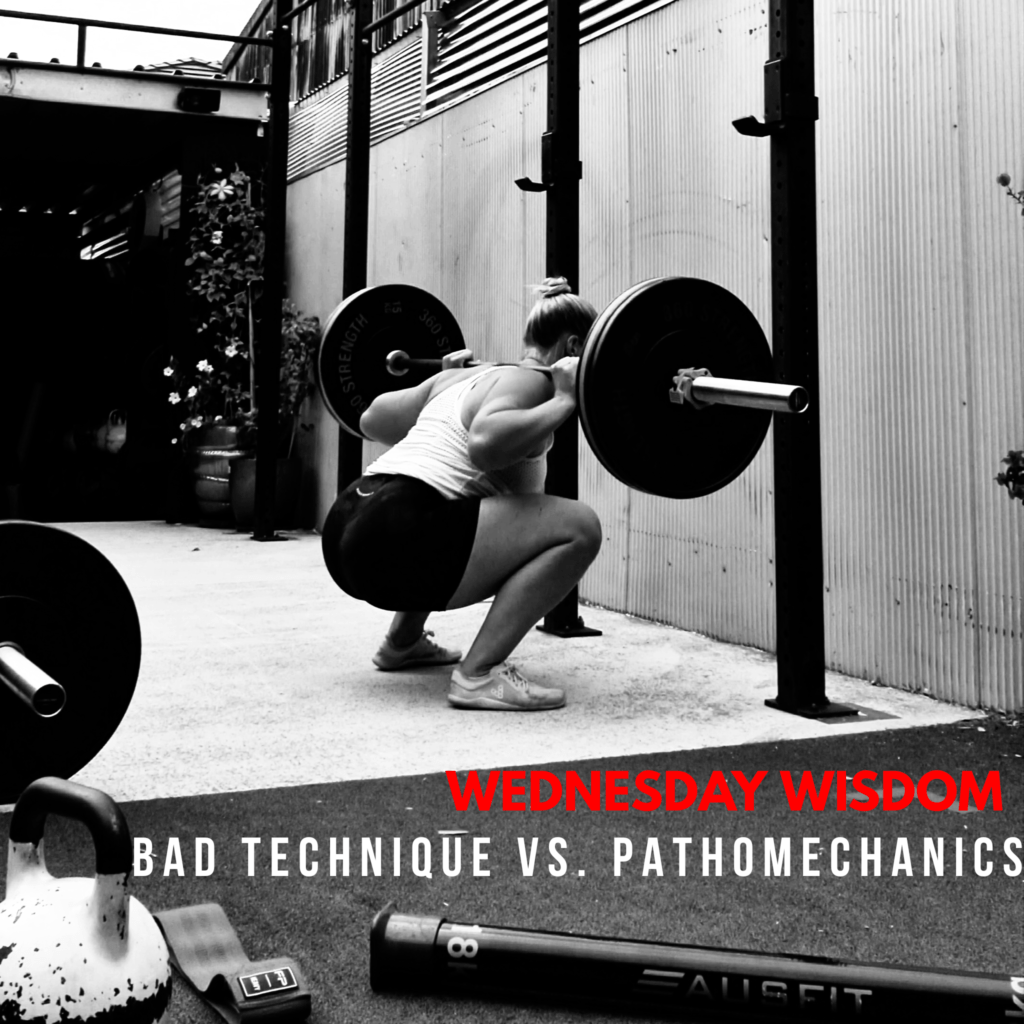In our next series of Wednesday Wisdoms we’re shifting our focus to movement, habits and the brain!
When coaching clients our attention is on ensuring people are learning and moving with good technique, but hands up if you’ve experienced one of these things…
You teach someone a new exercise and they just can’t understand that their body isn’t moving the way you’re instructing them to?
E.g. You tell someone to keep their knee in line with their 3rd toe in a lunge and they say “oh aren’t I already doing that?”
You try and adjust someone’s poor technique and they tell you it feels weird or uncomfortable?
E.g. You instruct someone with valgus knees in a deadlift to drive their knees apart, or even put a mini-band around their knees to encourage wider knees or glute medius activation and they say “it feels really unnatural”
Those people you cue to adjust poor technique… You think they’re getting it slowly… You turn around and 2 minutes later they’re right back to their old ways without even realising (we all have those clients, right?! )
Sometimes we feel like we have to repeat ourselves over and over and OVER again when it comes to technique, but when you understand why this happens on a deeper level it makes it easier to make progress and takes the frustration out of it too both for you as the coach and for the client!
So what’s the difference between ‘bad technique’ and ‘pathomechanics’?
Put simply, bad technique can be improved through learning – clients move poorly because they don’t know the correct technique. When you spend a brief amount of time coaching and cueing the movement in a way they understand, they are then able to perform the movement with much better technique.
Pathomechanics, however, is a little more complicated and means the body has developed bad biomechanics and poor movement habits over time. These habits are so established that the way they move feels normal, and changing the movement feel strange and unnatural.
In our Movement Restoration Coach Certification we refer to these habitualised bad movement habits as ‘Movement Sins’.
What can cause Movement Sins?
Sports
– We love sports, but they’re not always great for our bodies in the long-term. Eg. Cyclists becoming kyphotic and therefore having issues with shoulder movement and back posture.
Work and lifestyle habits
– Anything we do with a lot of repetition without balancing out our bodies will impact us over time. Eg. Wearing high heels regularly will put jam your hips into an anterior tilt, or slumping at a desk all day could force your hips into a posterior tilt.
Training errors & body awareness (or lack thereof)
– Training with poor technique for prolonged periods can lead to poor habits setting in.
Injury
– Injuries cause us to move differently in an effort to avoid pain, which can lead to overcompensations and excessive tightness in other joints or on the opposite side of our body.
The reason it can be so challenging to adjust our movement to eliminate Movement Sins is that they are ingrained on a biomechanical level and on a neurological level too
BUT… it’s important to embrace the challenge of stamping out these Movement Sins, because if we don’t they lead to biomechanical blockages and eventually pain and injury!
As coaches this should be a key priority, because if we can eliminate movement sins, our clients have a much higher chance of avoiding pain and injury. This means not only do they hit their goals and feel great, it also means you’re not losing clients while they reallocate their time and funds to other allied health professionals.
Next week we’ll explore bad biomechanics at a neural level and how to start transforming those Movement Sins to Movement Wins
For for Newsletter

